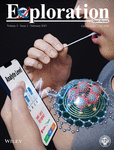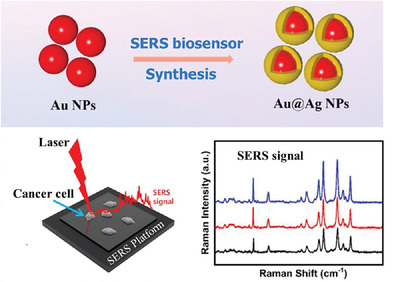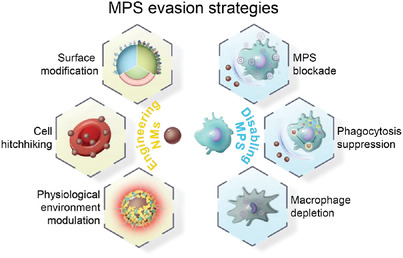Journal list menu
Export Citations
Download PDFs
FRONT COVER
Front Cover: Advancement in COVID-19 detection using nanomaterial-based biosensors (EXP2 1/2023)
- First Published: 20 February 2023
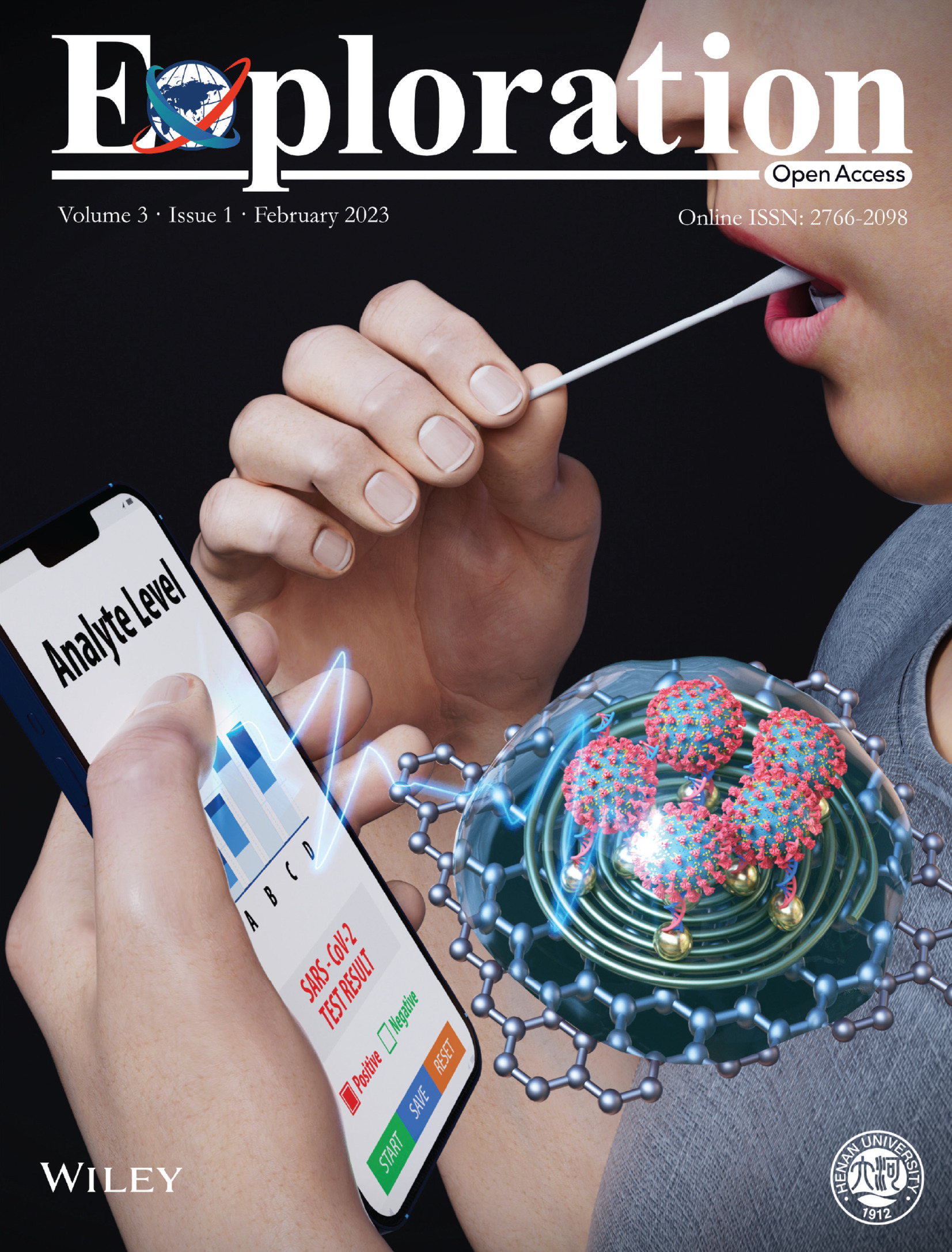
Nanomaterial-based biosensors offer potential for rapid point-of-care testing or even real-time monitoring performed by the patient themselves to detect viral diseases. Through measuring diverse analyte levels, the results can be transmitted wirelessly into a smartphone app. This review introduces the latest works on nanomaterial-based biosensors for detecting SARS-CoV-2, the root cause of the COVID-19 pandemic, by summarizing the related mechanisms and characteristics.
BACK COVER
Back Cover: Molten salt electro-preparation of graphitic carbons (EXP2 1/2023)
- First Published: 20 February 2023

This review shows that CO2 gas or biomass-derived carbons could be utilized as raw precursors for the preparation of graphitic carbons via a molten salt electrochemical route. In this review, we discuss the factors that affect the molten salt electrochemical graphitization, the costs of the processes, and the challenges that need to be tackled. The molten salt approach has shown great promise in large-scale synthesis of high-quality graphite materials in future.
FRONTISPIECE
Frontispiece: Recent advances in targeted antibacterial therapy basing on nanomaterials (EXP2 1/2023)
- First Published: 20 February 2023
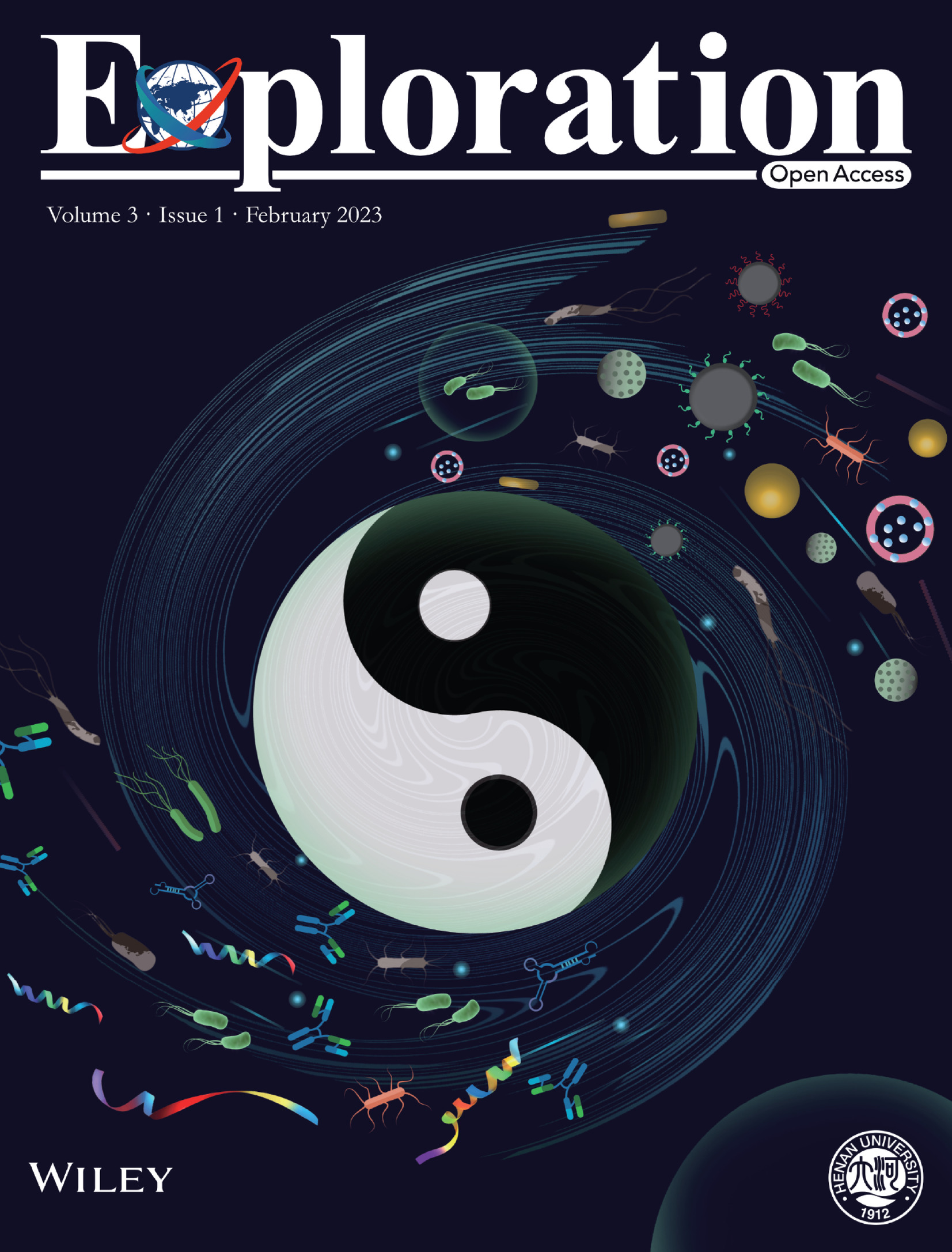
Nanomaterials can assist targeted bacterial depletion in either a passive or active way to enhance inhibitory activity and reduce side effects by increasing local concentration of antibacterial agents. In this review article, we summarize the recent development in the field, which will promote more innovative thinking particularly focusing on the treatment of multidrug resistant bacteria.
ISSUE INFORMATION
REVIEWS
Graphene: Preparation, tailoring, and modification
- First Published: 19 January 2023
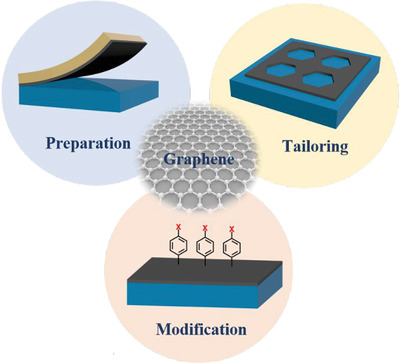
Graphene is a key material for a new generation of electronic devices with unique electrical properties. In this review, current advances in the preparation, tailoring, and modification of graphene to obtain high-quality graphene with precisely controlled patterning and specific functional groups are summarized.
Molten salt electro-preparation of graphitic carbons
- First Published: 09 January 2023
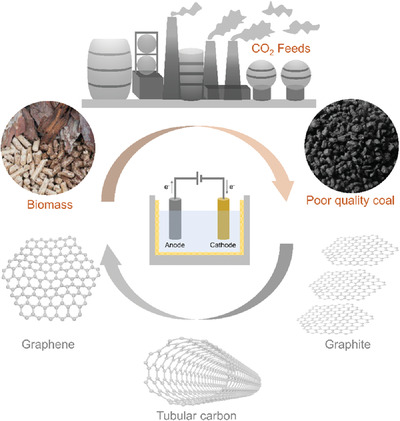
This review shows that CO2 gas or biomass-derived carbons could be utilized as raw precursors for the preparation of graphitic carbons via a molten salt electrochemical route. In this review, we discuss the factors that affect the graphitization, the costs of the processes, and the challenges that need to be tackled. The molten salt approach has shown great promise in large-scale synthesis of high-quality graphite materials in future.
Recent advances of Au@Ag core–shell SERS-based biosensors
- First Published: 07 February 2023
Advancement in COVID-19 detection using nanomaterial-based biosensors
- First Published: 07 January 2023
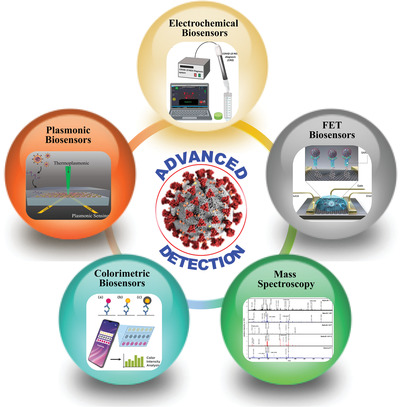
Interdisciplinary advances in nanomaterials and biotechnology, such as nanomaterials-based biosensors, have opened new avenues for rapid and ultrasensitive detection of pathogens in the field of healthcare. Many updated nanomaterials-based biosensors, namely electrochemical, field-effect transistor, plasmonic, and colorimetric biosensors, employ nucleic acid and antigen–antibody interactions for severe acute respiratory syndrome coronavirus 2 (SARS-CoV-2) detection in a highly efficient, reliable, sensitive, and rapid manner. This systematic review summarizes the mechanisms and characteristics of nanomaterials-based biosensors for SARS-CoV-2 detection. Moreover, continuing challenges and emerging trends in biosensor development are also discussed.
Microneedle system for tissue engineering and regenerative medicine
- First Published: 21 January 2023
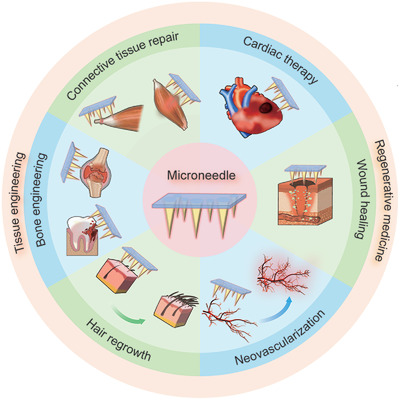
In this review, we have summarized the state-of-the-art microneedles for tissue engineering and regenerative medicine, from their classifications and rational design, to the representative applications involving maintenance and rehabilitation of damaged tissues and organs, and the in-depth insight into their current challenges and future directions.
Advanced strategies to evade the mononuclear phagocyte system clearance of nanomaterials
- First Published: 05 January 2023
Recent advances in targeted antibacterial therapy basing on nanomaterials
- First Published: 05 February 2023
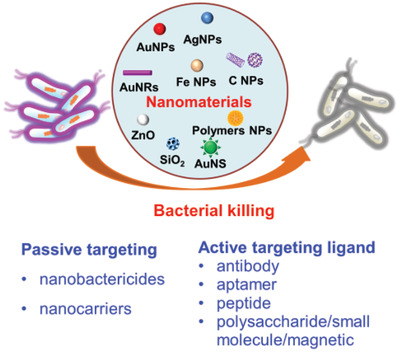
To address the challenge of antibiotic-resistant bacteria, nanomaterials-mediated targeted bacteria depletion in either a passive or active manner has emerged as one of the most promising approaches for antibacterial treatment. In this review, we summarize the recent development in the field of targeted antibacterial therapy based on nanomaterials, which show advantages in increasing local concentration around bacterial cells to enhance inhibitory activity and reduce side effects. This work would promote more innovative thinking focusing on the treatment of multidrug-resistant bacteria.
RESEARCH ARTICLE
Ultrasmall iron-gallic acid coordination polymer nanodots with antioxidative neuroprotection for PET/MR imaging-guided ischemia stroke therapy
- First Published: 17 January 2023
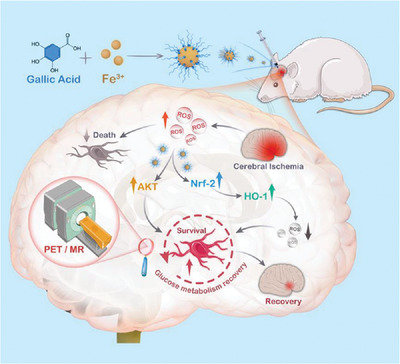
Oxidative stress from reactive oxygen species (ROS) is a reperfusion injury factor that can lead to cell damage and death. Ultrasmall Fe-GA CPNs were synthesized to exert a protective role in ischemic brain neurons via removal of ROS, rescuing of glucose metabolism, and suppressing apoptosis through the upregulation of protein kinase B (Akt), antioxidant nuclear factor erythroid 2-related factor 2/heme oxygenase-1 (Nrf2/HO-1) pathway.




